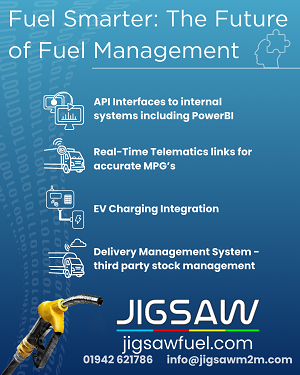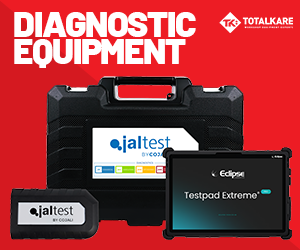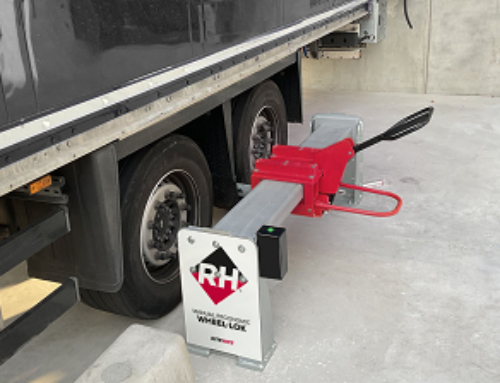OpenADR: the road to CV charging success
 Energy management body the OpenADR Alliance has identified key principles around which it says electric commercial vehicle infrastructure needs to be developed.
Energy management body the OpenADR Alliance has identified key principles around which it says electric commercial vehicle infrastructure needs to be developed.
For commercial fleets transitioning to electric vehicles, a robust charging infrastructure is crucial, says Rolf Bienert, managing and technical director at the OpenADR Alliance (pictured, right).
“This means on-site charging systems with multiple charge points, management systems, and with the potential for dynamic power sharing for efficient utilisation and cost-effectiveness,” said Rolf.
“In short, we need an infrastructure that’s fit for purpose built around three principles.”
The first of these is accessible and scalable on-site charging, he says.
“Ensuring that charge points are installed where vehicles can easily access them and can use them when parked up and not in use. The number of charging stations will depend on the size of the fleet, of course, whether there is a home base, but also the space available and the needs of the operator – both today and in the future.
“Scalability is important, so the infrastructure can evolve to accommodate future growth in the number of vehicles and technological changes. This means having the right type of chargers in place. AC (level 2) and DC (fast charging) options will meet the different needs of different vehicles, including eHGVs and electric trucks.”
The second area Rolf highlights is fast and convenient off-site charging.
“Drivers also need to feel confident there’s a viable network of fast charging points in places where they need them, particularly in public locations.
“By the end of this year, around 40,000 electric medium and heavy-duty vehicles will be operating in Europe. With their higher power and energy demands, they are not designed to be plugged into chargers designed for cars, and driving a large heavy vehicle into a charging facility aimed at cars is not practical.”
Rolf notes that the industry is already seeing initiatives to tackle the shortage of fast charging public infrastructure, such as bp pulse announcing its development of a charging corridor for medium and heavy-duty trucks along a stretch of the Rhine-Alpine corridor across Germany, one of the busiest road freight routes in Europe.
“With its ultra-fast charge points, it’s designed with electric trucks in mind while offering other facilities for drivers,” he said.
The third key area is power optimisation and efficiency, Rolf says.
“With space often at a premium at sites when vehicles are parked up, any infrastructure must be designed with space in mind – but also, to optimise power utilisation,” he continued.
“The charging solution may need to cover multiple scenarios, from low power overnight charging to high power fast charging – and to dynamically change between the two to ensure grid capacity is used efficiently.
“Smart grid technology will help future-proof systems and increase operational efficiency and reduce operational costs. Here, communication between suppliers and customers becomes even more important.
“Standardised information exchanges on pricing, energy consumption and capacity are the basis for effective load control, enabling energy suppliers to respond flexibly to fluctuating demand and for operators to optimise fleet operations…
“As an industry body, the OpenADR Alliance represents member companies working on solutions that help deliver efficiencies, including charge point management systems and applications like EV load management.”













